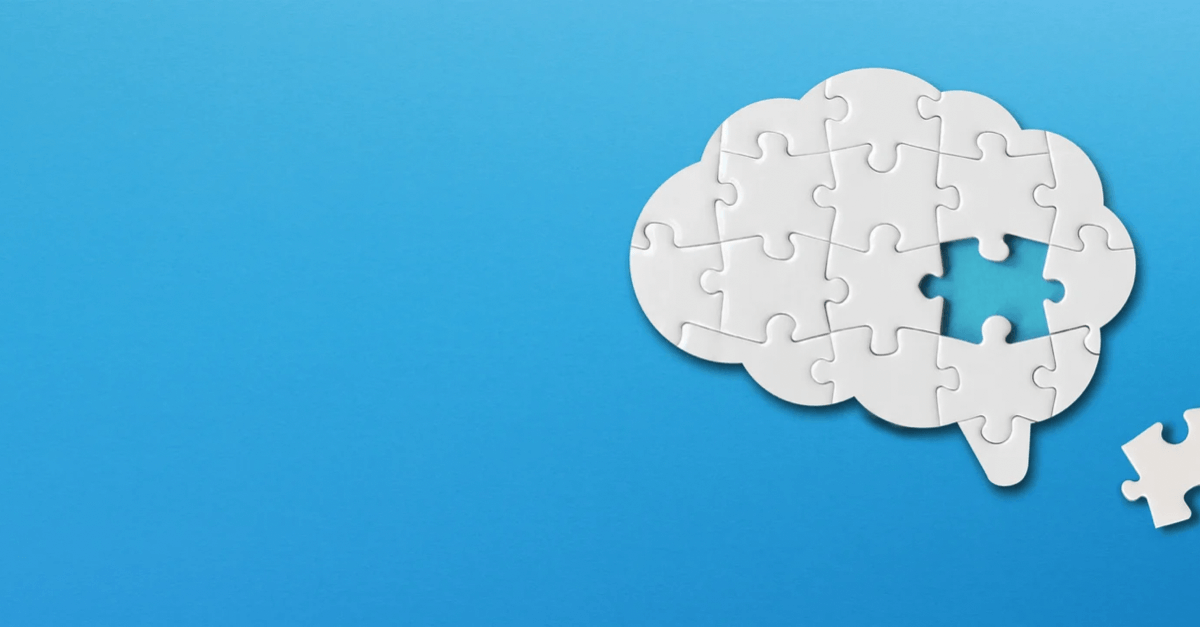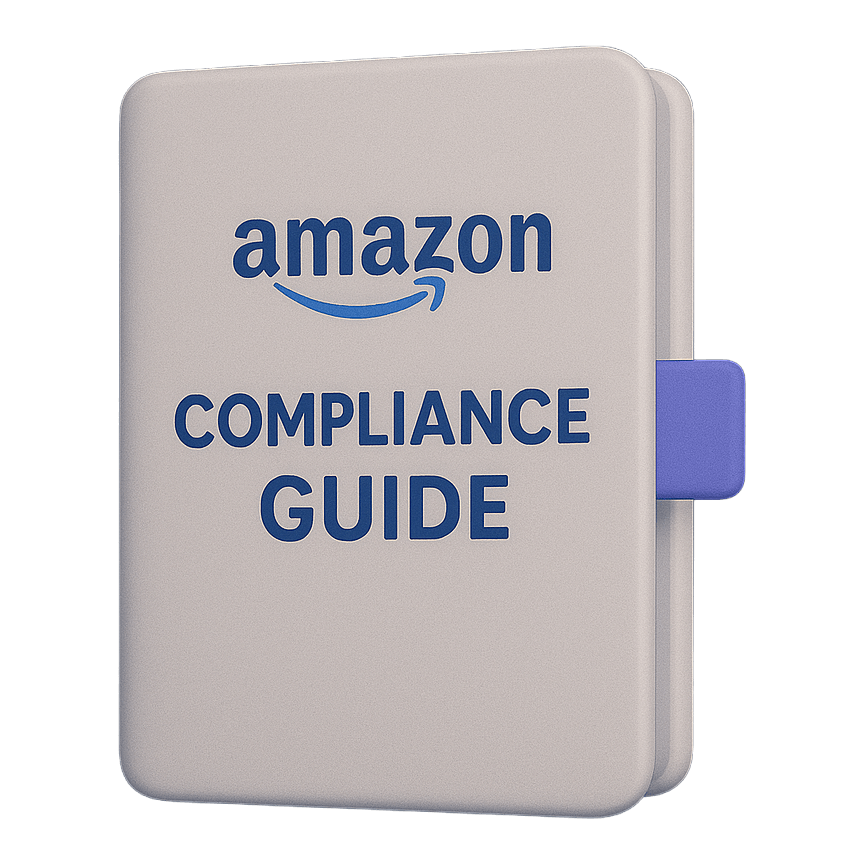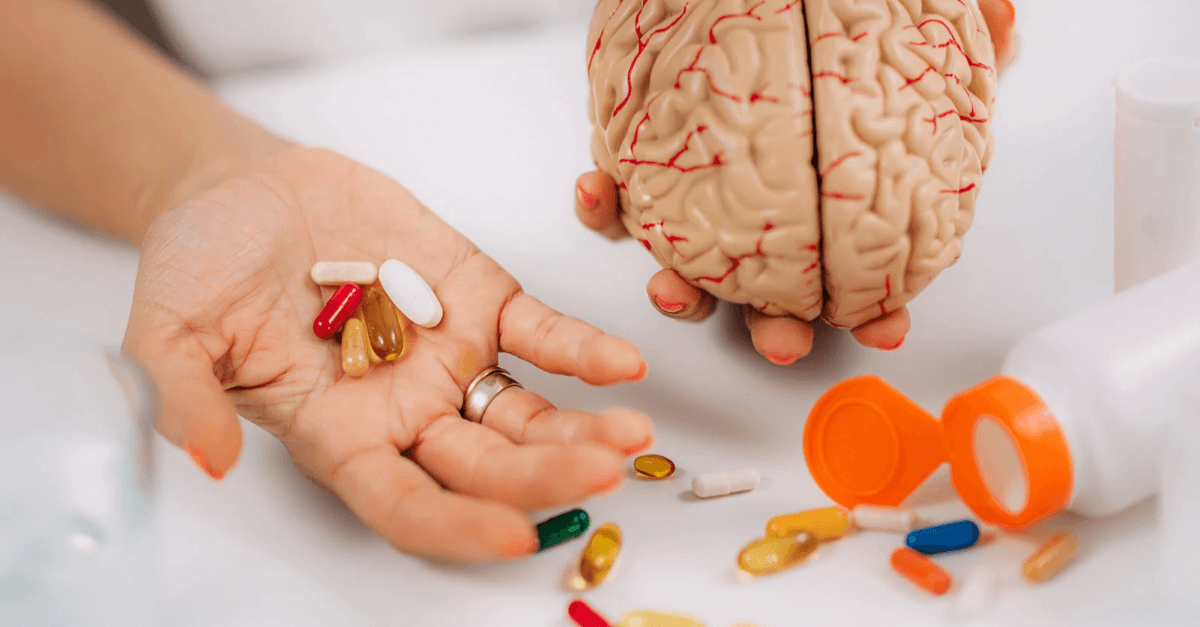Citicoline and Brain Health: How to Use this Fascinating Nootropic
Citicoline is a natural brain chemical and oral nutritional supplement. It’s considered a nootropic based on its ability to enhance brain functions, like attention and focus. It’s also used in medical applications in certain countries.
Citicoline is one of many nootropic supplements that have continued to expand in popularity. Supplement marketers can benefit from following rising trends and the newest research on nootropics.
Let’s look at citicoline, its functions and benefits, and its potential applications in the supplement market.
What to Know About Citicoline
Citicoline’s first applications were as a prescription medication in Japan and Europe. In the U.S., it’s mostly used as a dietary supplement.[1]
Citicoline Uses for Different Conditions
There is evidence of citicoline’s therapeutic uses for[2]:
- Brain and spinal cord injuries
- Recovery of blood flow problems after a stroke
- Improving vision in those with glaucoma
- Helping with aging-related memory loss for individuals 50 to 85 years old
- Other cognitive deficits (impairments in mental processes)
Early research suggests evidence of other uses of citicoline, including improving symptoms of brain conditions like Parkinson’s disease (except for tremors), mild to moderate Alzheimer’s disease, bipolar disorder, schizophrenia, and lazy eye (also known as amblyopia).[1]
Citicoline for Stroke
According to additional limited research, taking citicoline within 24 hours of having an ischemic stroke might increase the likelihood of total recovery within three months. The nootropic might also be best for patients ineligible for rtPA, a medication that dissolves blood clots.
Citicoline for Mental Disorders
Citicoline might also help reduce cocaine use in those with cocaine use disorder or bipolar disorder.[1] In addition, some evidence shows that taking citicoline orally with citalopram (an antidepressant) could help treat depression. The addition of citicoline may help better than the antidepressant alone.
More evidence is needed for using citicoline for attention deficit-hyperactivity disorder (ADHD) and vision issues related to diabetes.
How It Works: Citicoline Benefits
Here’s what we know about how citicoline works: It seems to increase levels of phosphatidylcholine, a brain chemical found naturally in our cells and a source of choline.
Since our bodies use phosphatidylcholine to create another brain chemical called acetylcholine, it has potential uses in treating brain-related conditions like Alzheimer’s, memory loss, and anxiety.[3] This is why it’s a popular nootropic for brain function.
Citicoline vs. Choline
There is some confusion about the difference between citicoline and choline. When someone takes citicoline, the body breaks it down into:
- An essential nutrient called choline
- A molecule called cytidine[4]
Health claims have stated that choline may help support normal cognitive and neurological function. However, regulating bodies have remained skeptical, partly because some evidence supporting the benefits of choline concerned citicoline instead. It seems citicoline is the most effective option.[5]
So, the main difference between citicoline and choline is that citicoline is found in supplements while choline occurs naturally in the body. Citicoline is most commonly taken as Cognizin® and likely comes with additional benefits.
Citicoline as Cognizin®
Cognizin® is the most widely researched form of citicoline, making it one of the best trending nootropics. Well-designed human trials on Cognizin® have demonstrated benefits that other citicoline forms might not provide.
Cognizin® may have beneficial effects on:
- Memory
- Attention
- Brain energy
- Processing speeding
- And more
Rising supplement applications for Cognizin® include brain health supplements, energy supplements, sports performance supplements, and focus supplements.
How Much Cognizin® (Citicoline) Should You Take?
There are two main ways to take citicoline: by injection (either IV or shot) or by mouth. The dosages depend on the reasons for taking citicoline:
- In clinical trials, adults and adolescents have taken 250 to 2,000 mg per day orally.
- In studies on declining memory and thinking, 1,000 to 2,000 mg per day has been used.
- For eye disorders, like glaucoma, 500 to 1,600 mg per day has been used.[1]
In shorter trials looking at those with major depressive disorder, researchers have given lower dosages of 100 mg twice per day (and the nootropic was given in combination with therapy).
What About Citicoline Side Effects?
Most people who take citicoline by shot or IV do not experience side effects. Adverse effects are also rare in those taking citicoline orally.
Although uncommon, some people taking the oral version could experience side effects like:
- Headaches
- Insomnia
- Constipation
- Nausea
- Diarrhea
- Stomach pain
- Chest pains
In Conclusion: Citicoline Uses
We see a continued interest in the neuroprotective properties of citicoline. Supplement companies should stay updated on the latest from this and other popular nootropics. The potential uses and opportunities are exciting.



